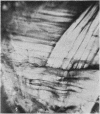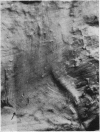Abstract
Dissection of the anterior abdominal wall in 40 fresh cadavers, with confirmation of the anatomical findings at operation in 25 patients, has enabled the patterns of distribution of the aponeurotic expansions of the abdominal muscles to be traced and the relation of structure to function to be determined. It is pointed out that the linea alba should no longer be regarded as the line of insertion of the abdominal muscles but as the area of decussation of the tendinous aponeurotic fibres of the muscular strata passing from one side to the other, for which the name "midline aponeurotic area" is proposed. Two separate functional areas are described, a "parachute respiratory mechanism" in the upper abdomen and a belly support in the lower abdomen. Attention is drawn to the functional derangement that may follow some of the standard abdominal incisions and to possible mechanisms of herniation through the midline aponeurotic area.
Full text
PDF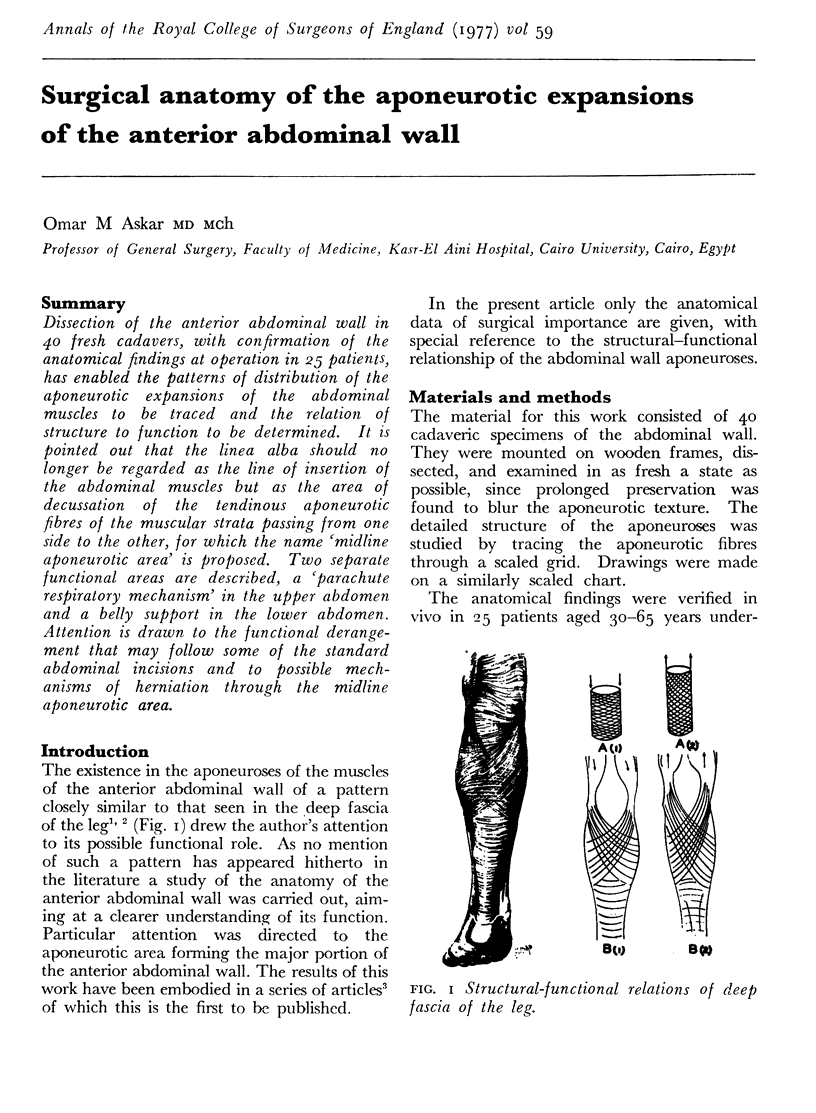
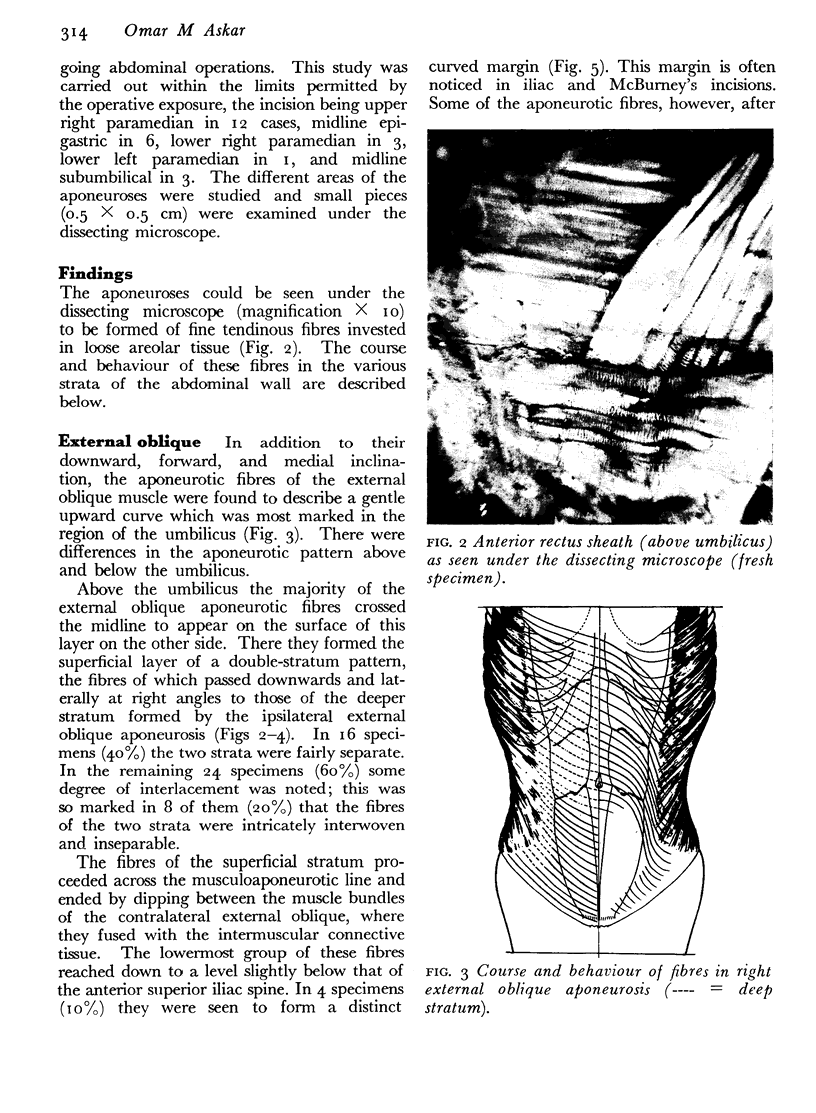
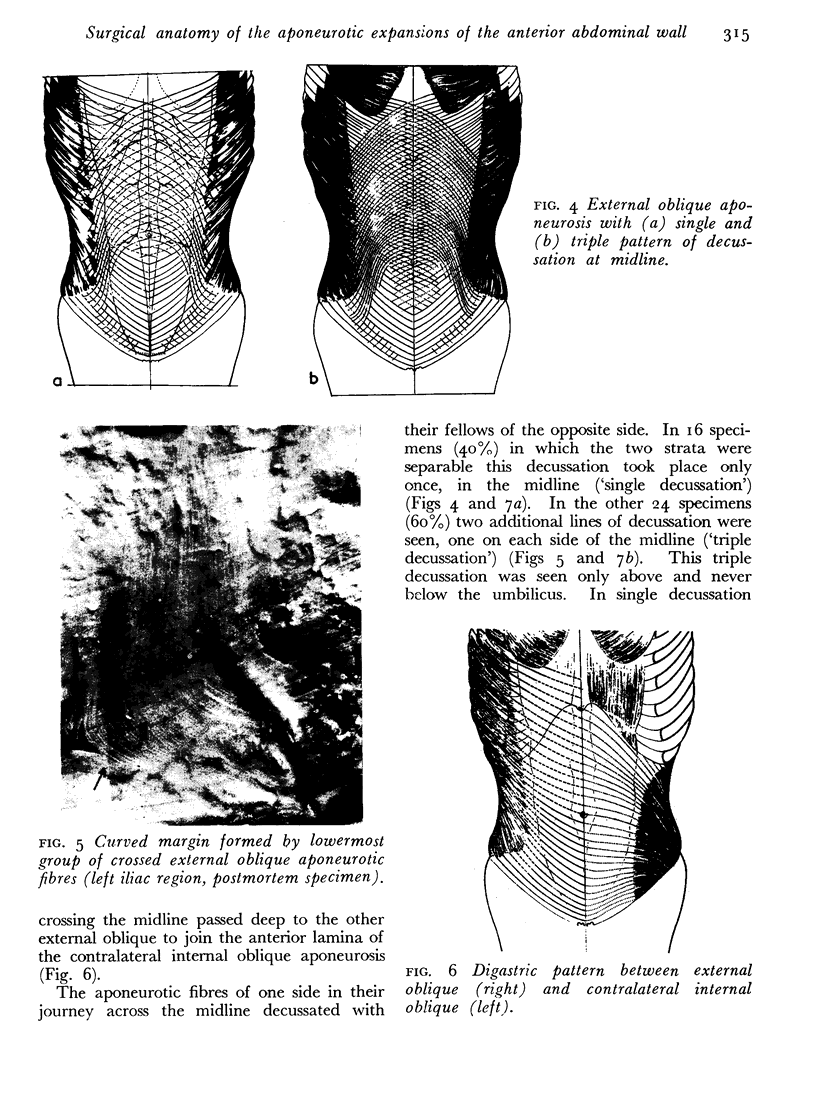
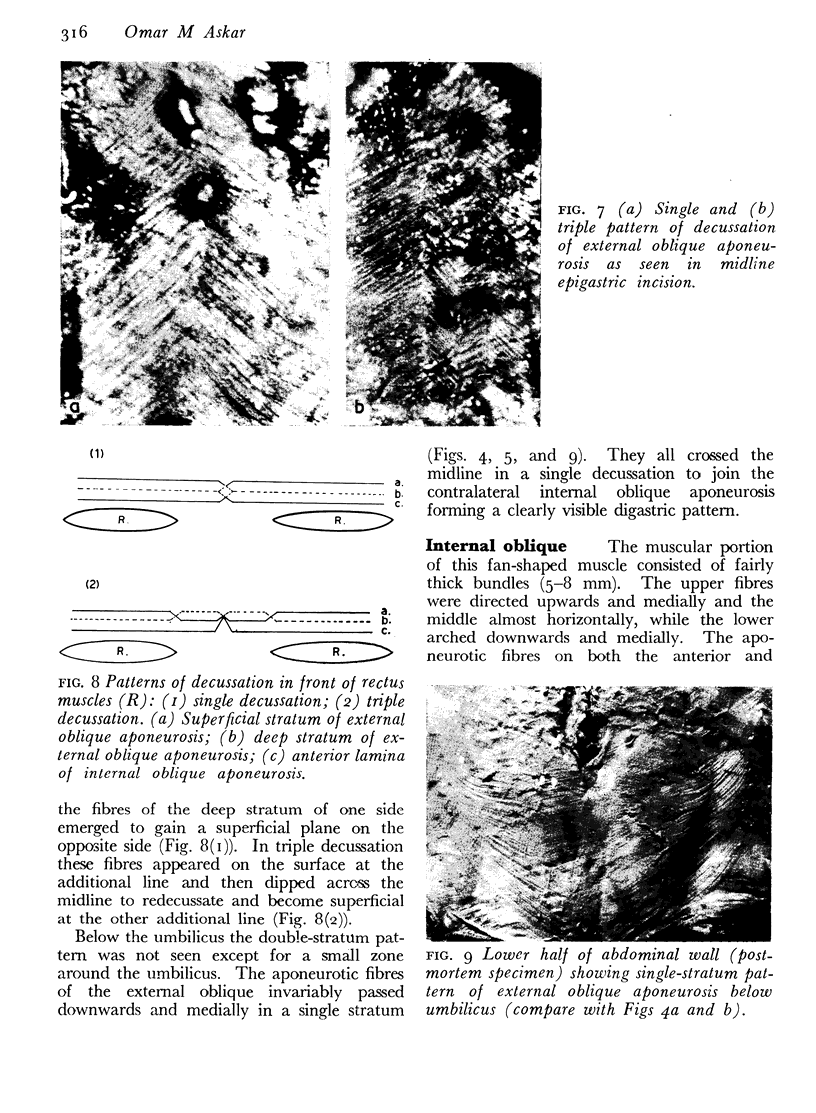
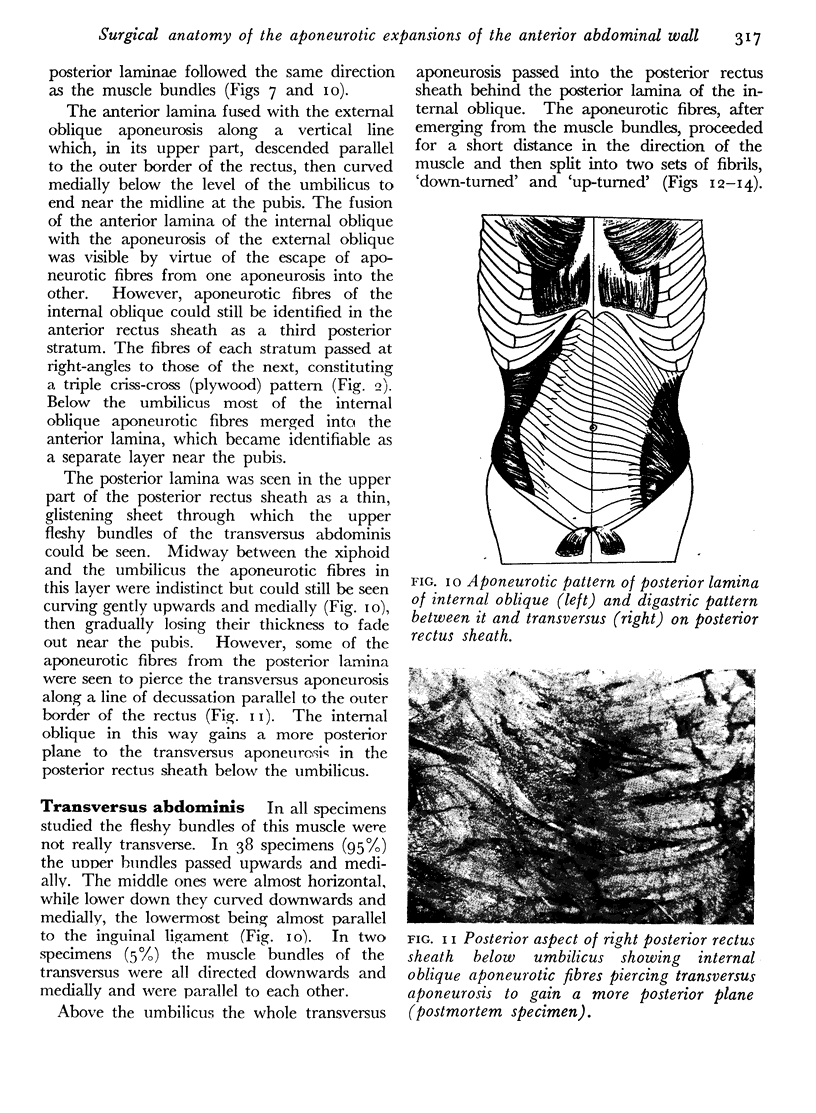
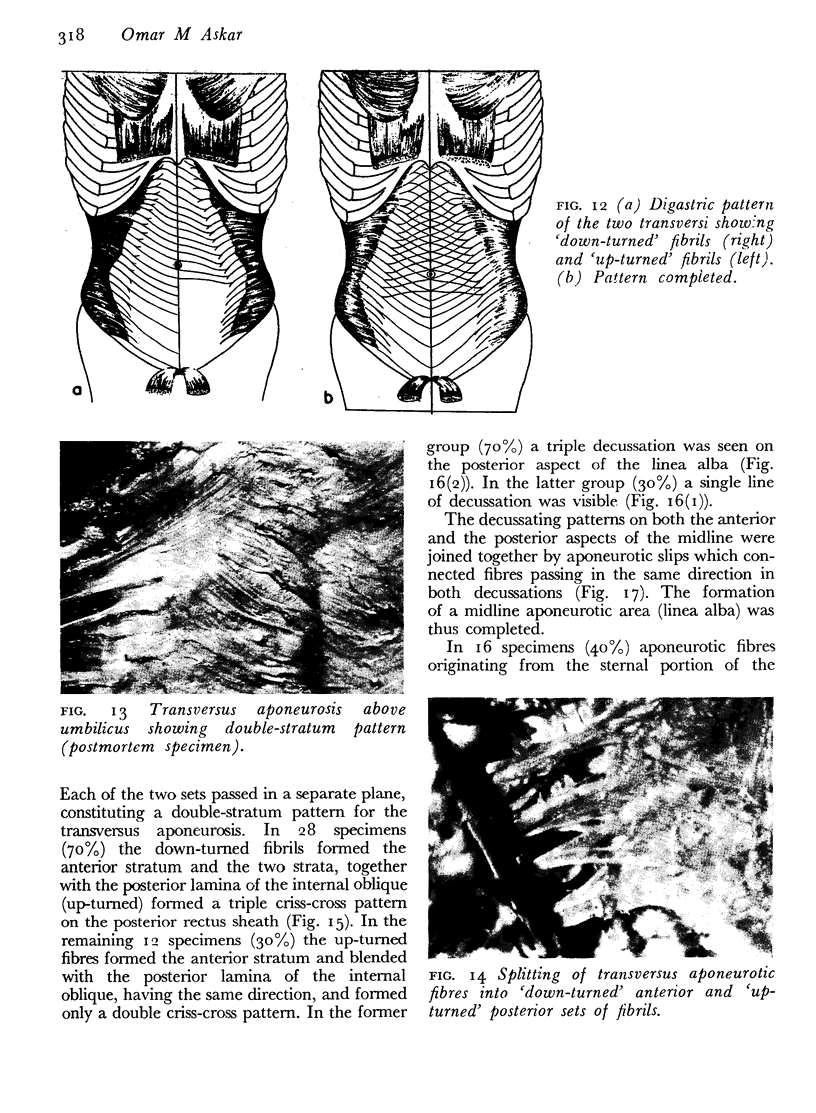
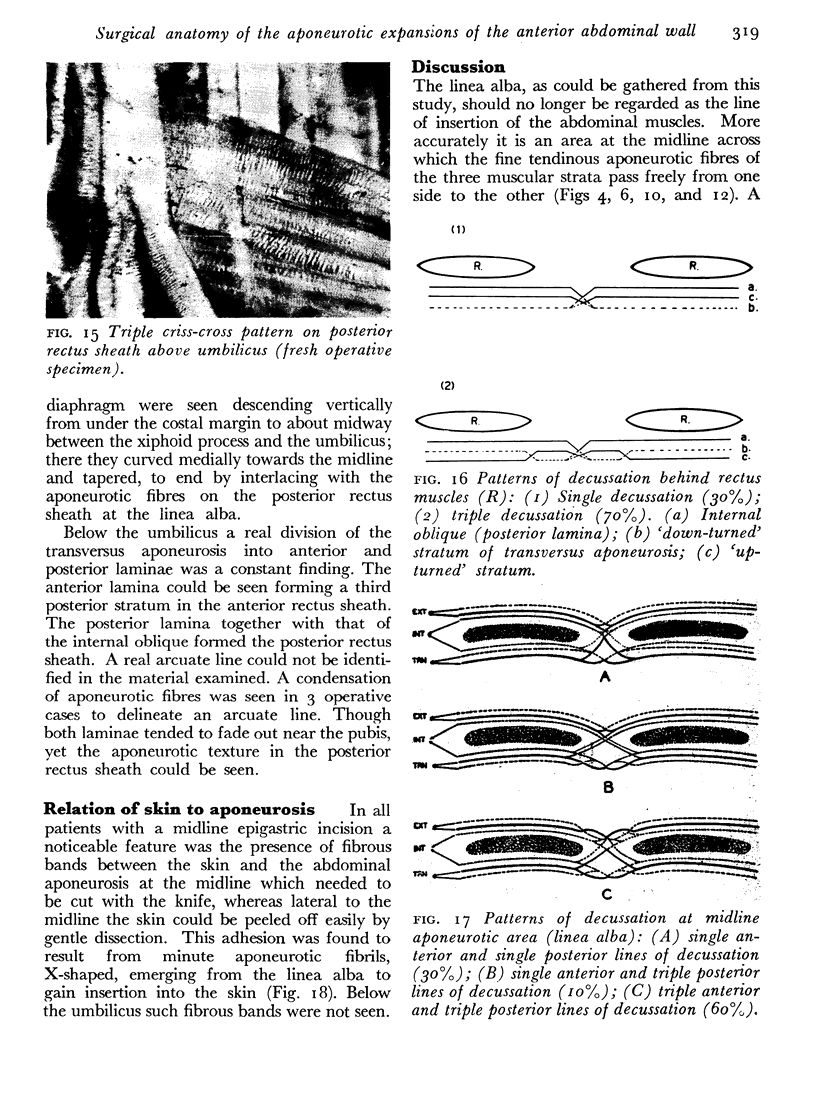
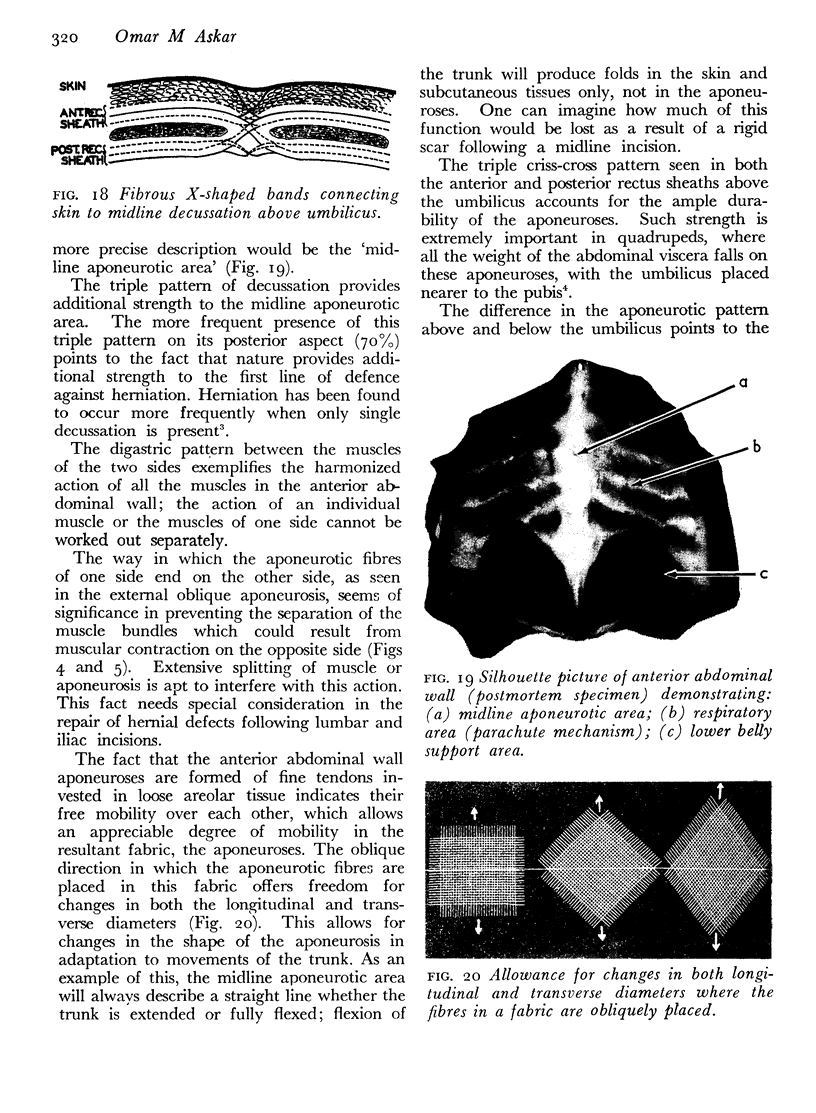
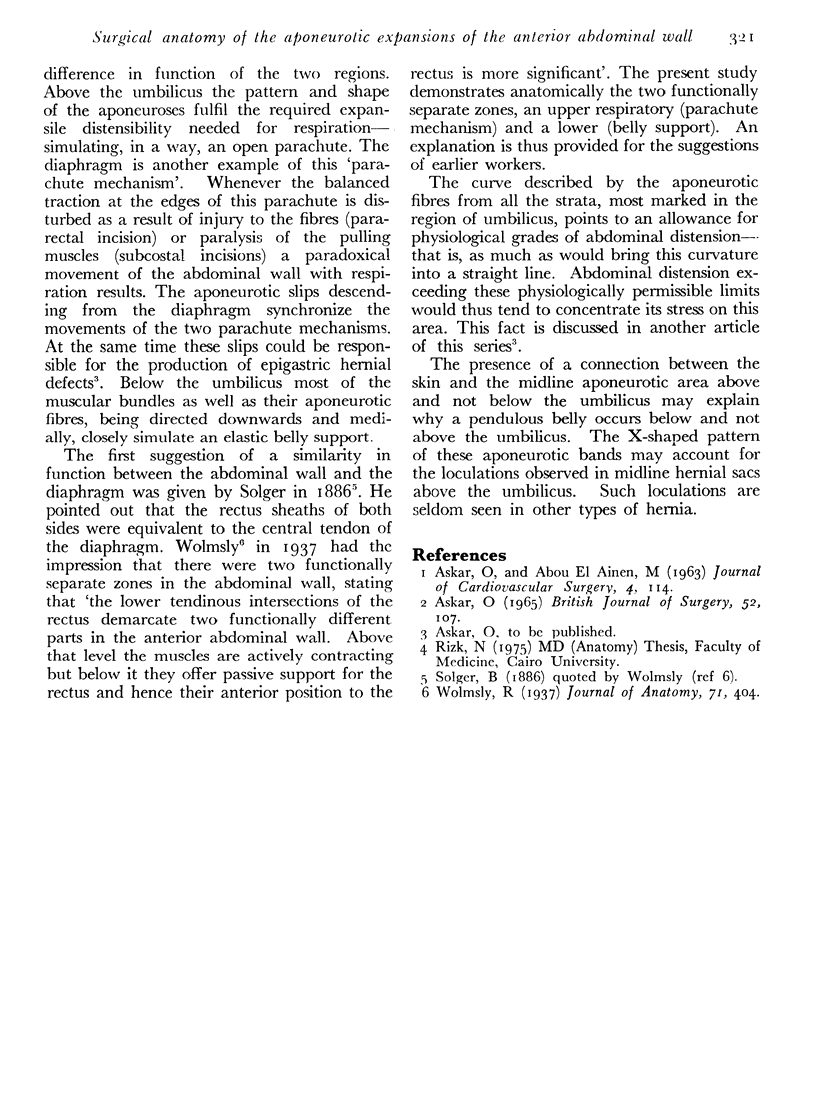
Images in this article
Selected References
These references are in PubMed. This may not be the complete list of references from this article.
- ASKAR O., ABOU-EL-AINEN M. The surgical anatomy of the deep fascia of the human leg. I. J Cardiovasc Surg (Torino) 1963 Apr;4:114–125. [PubMed] [Google Scholar]
- ASKAR O. SURGERY OF THE DEEP FASCIA OF THE LEG. I. SUBLUXATION OF THE DEEP FASCIA OF THE LEG, ITS RELATION TO PRIMARY VARICOSE VEINS, AND ITS SURGICAL TREATMENT. Br J Surg. 1965 Feb;52:107–114. doi: 10.1002/bjs.1800520207. [DOI] [PubMed] [Google Scholar]
- Walmsley R. The Sheath of the Rectus Abdominis. J Anat. 1937 Apr;71(Pt 3):404–414. [PMC free article] [PubMed] [Google Scholar]



